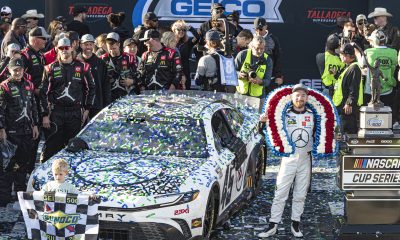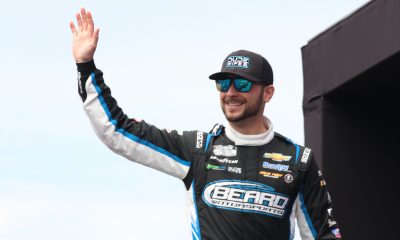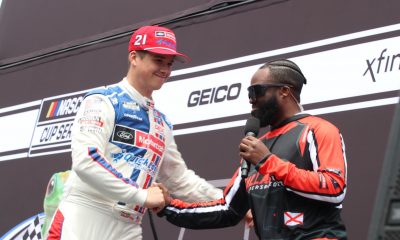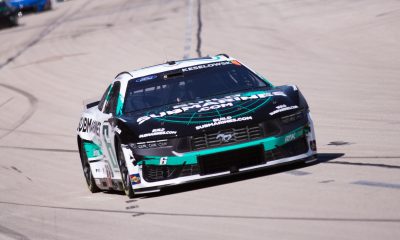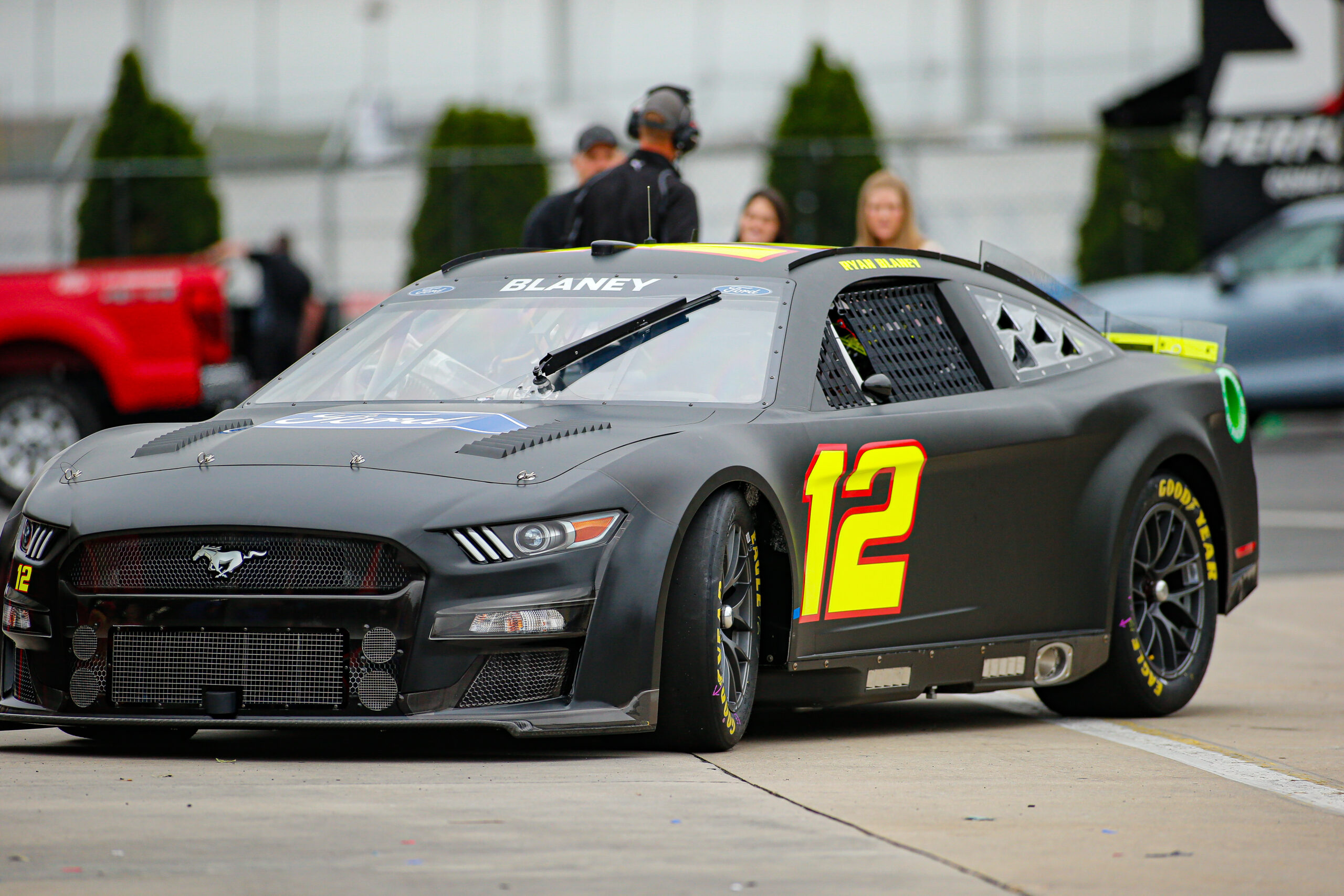
(Photo: Stephen Conley | The Podium Finish)
As the 2022 NASCAR Cup Series draws closer, the sanctioning body has decided upon a base rules package for the Next Gen car. The series will run the new car using a 670 horsepower engine and a 4-inch spoiler at all short tracks, intermediates and road courses.
“After hours of wind tunnel and on-track testing, as well as feedback from drivers and the larger industry, NASCAR will move to higher horsepower, lower downforce for each of its non-superspeedway NASCAR Cup Series events,” said Steve O’Donnell, NASCAR Executive Vice President and Chief Racing Development Officer. “We believe the setup featuring the 670hp engine and 4-inch spoiler will lead to strong, intense competition and put the racing squarely in the hands of the best drivers in the world. That was the goal we set for the industry as we developed the Next Gen car. We are confident in the direction we’re headed and very much look forward to the racing in 2022 and beyond.”
In last week’s two-day test at Charlotte Motor Speedway, drivers tested four different packages, three of which included 670 horsepower. The first package tested used 550 horsepower, and lap times were 2-3 seconds slower than the Gen 6 car at 550 horsepower. The car at 670 horsepower ran lap times similar to the Coca-Cola 600 in May.
NASCAR had already agreed to run this package on short tracks and road courses before the recent test at Charlotte. Drivers agreed the package ran well after an October test at the Charlotte ROVAL and after a few small-scale tests at short tracks.
Although this package will run at all intermediates, there may be one exception.
Atlanta Motor Speedway completed an off-season repave which steepened banking around the track. NASCAR plans to host a test on the newly refined surface in early January to both test packages and allow Goodyear to collect tire data for the spring race. It’s possible the sanctioning body could agree on a package with 550 horsepower after the test.
For superspeedways, NASCAR previously intended to run a 510 horsepower package. In earlier tests at Daytona International Speedway and Talladega Superspeedway, NASCAR used the lower horsepower package and again saw slower lap times. When teams head to Daytona in January for a two-day test, the sanctioning body will see large drafting groups for the first time and they’ll finalize their decision.
With time-sensitive and part availability issues leading up to the season, NASCAR won’t have many options to increase horsepower. They can increase superspeedways to 550 or 670 horsepower, but with safety concerns, it’s unlikely NASCAR decides on 670 horsepower. Otherwise, it’ll come down to aerodynamical changes to speed up the cars. With the Daytona 500 less than two months away, teams do not have time to prepare cars with different amounts of horsepower.
To maintain a competitive balance, NASCAR is requiring teams to purchase parts from approved vendors. If teams are caught building their own parts, NASCAR said they’ll impose harsh penalties, such as playoff bans.
The 2022 Cup Series is just around the corner, and teams finally see some clarity on the Next Gen rules package. Three organizational tests in January will reinforce and fine-tune the rules, but confidence in the new car seems to have increased after a successful test at Charlotte. As Tyler Reddick showed with many spins over two days, the cars are difficult to drive.
But, as the season progresses, expect testing to continue. NASCAR, teams and Goodyear will likely need more track time at different venues as the series visits tracks for the first time.
The Next Gen car hits the track again Jan. 5-6 at Atlanta.
